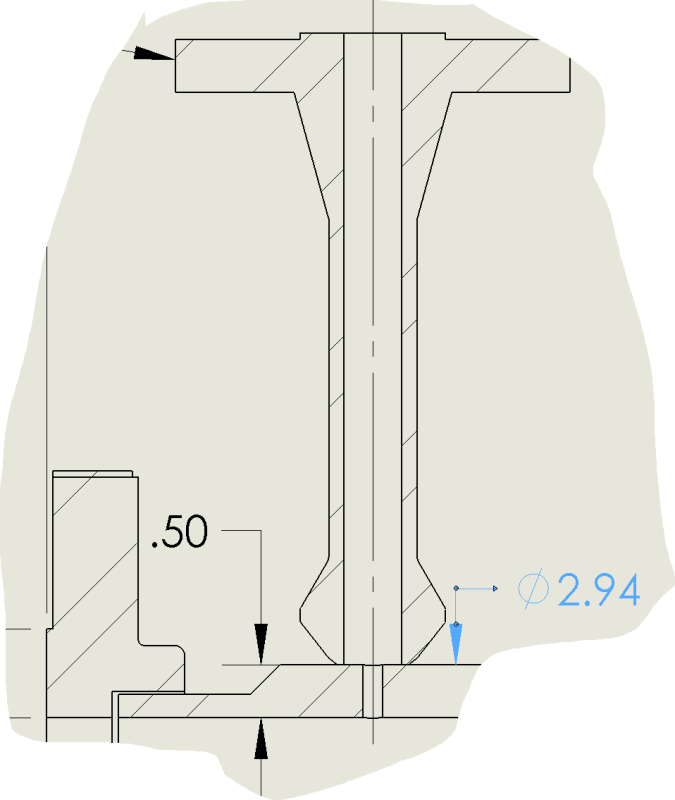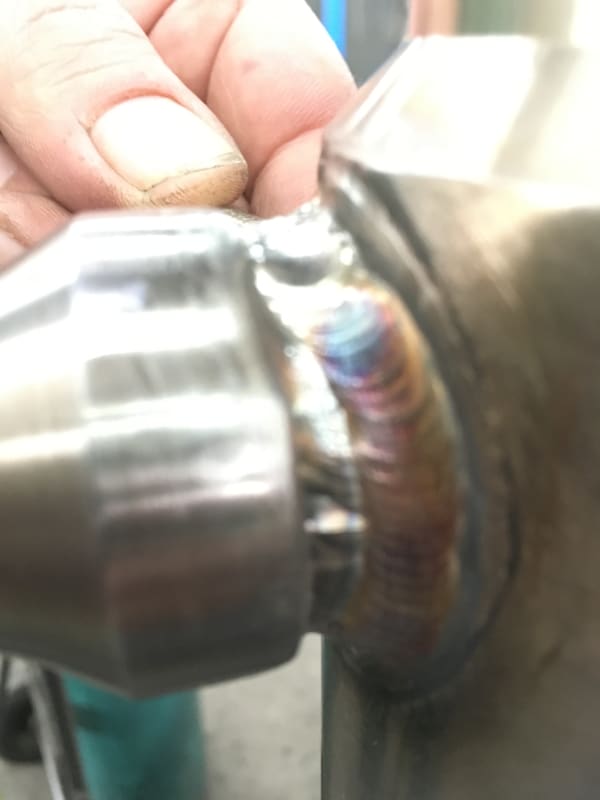Hi,
I have an issue with a 316 GTAW weld where the ferrite is reading as high as 12%.
We have a customer imposed ferrite range of 3-8%.
Base material 1 chemistry is:
A479-316/316L
C .014, Co .047, Cr 16.69, Cu .28, Mn 1.34, Mo 2.119, N .040, Ni 10.55, P .029, S .0220, Si .27 (Calculated F% 6%)
Base material 2 chemistry is:
A182-316/316L
C .016, Mn 1.56, P .029, S .023, Si .49, Ni 10.01, Cr 16.69, Mo 2.03, N .058 (Calculated F% 8%)
Weld Wire Chemistry is:
ER316/316L
C.02, Mn 1.8, P .02, S <.01, Si .38, Cr 18.5, Ni 12.2, Mo 2.2, Cu .03, N .03 (Calculated F% 6%)
I have tried change weld wire with no change to F%.
I have also increased the heat input in the hope that this would reduce F%.
I have never came across this before with high ferrite, i am usually trying to keep the ferrite at a minimum value!
Am I missing something obvious or is there anything else I can try to reduce the ferrite?
Thanks in advance for your help.
I have an issue with a 316 GTAW weld where the ferrite is reading as high as 12%.
We have a customer imposed ferrite range of 3-8%.
Base material 1 chemistry is:
A479-316/316L
C .014, Co .047, Cr 16.69, Cu .28, Mn 1.34, Mo 2.119, N .040, Ni 10.55, P .029, S .0220, Si .27 (Calculated F% 6%)
Base material 2 chemistry is:
A182-316/316L
C .016, Mn 1.56, P .029, S .023, Si .49, Ni 10.01, Cr 16.69, Mo 2.03, N .058 (Calculated F% 8%)
Weld Wire Chemistry is:
ER316/316L
C.02, Mn 1.8, P .02, S <.01, Si .38, Cr 18.5, Ni 12.2, Mo 2.2, Cu .03, N .03 (Calculated F% 6%)
I have tried change weld wire with no change to F%.
I have also increased the heat input in the hope that this would reduce F%.
I have never came across this before with high ferrite, i am usually trying to keep the ferrite at a minimum value!
Am I missing something obvious or is there anything else I can try to reduce the ferrite?
Thanks in advance for your help.


